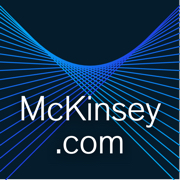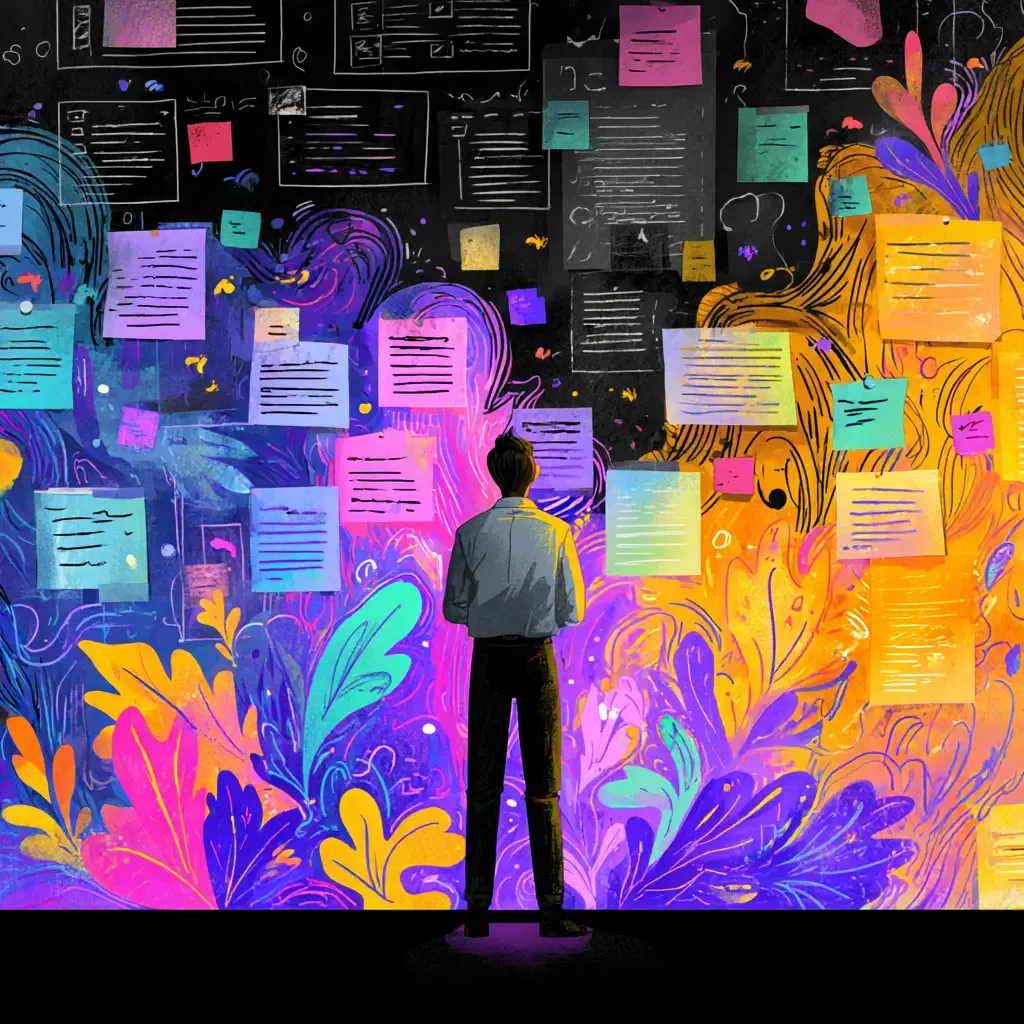
Issue #2, May 30, 2025
Welcome Back!
Thanks for joining us for Issue #2 of Moreover.
The response to the first issue was both energizing and humbling. From solo consultants to in-house change teams, you told me that the tone, depth, and honesty landed right where it needed to. I heard from readers who forwarded it to their boss, shared it with their Slack group, or kept it open in a browser tab for days because “this is exactly what we’re living through.” That kind of feedback matters. It tells me there’s hunger for content that speaks with practitioners - not at them.
So we’re doubling down.
This month’s Deep Dive picks up where one of our most popular recent posts left off: how to lead change when you’re the only one holding the line. No team, no extra headcount - just you, a complex transformation, and a clock that’s already ticking. We’re calling it Scaling Change with Skeleton Crews, and if you’ve ever worn five hats while navigating six org charts, you’ll feel seen.
In this issue:
- A Deep Dive on how to survive (and succeed) as the lone change agent on a major initiative
- A Week in Review exploring rate-setting and listening tours - two essential levers of practitioner credibility
- Field Notes from the front lines, including the sponsor debrief I swear by and a fresh take on explaining change fatigue
- Plus, in Open Tabs, a curated set of links covering AI’s environmental toll, adoption trends, and why predictive analytics is finally catching up to change work
Let’s get into it.

Deep Dive: Scaling Change with Skeleton Crews
Surviving (and succeeding) when you’re the only OCM person on a large program
As stated earlier, one of our earlier posts - Change Management on a Shoestring: How to Prioritize When Funding is Tight - struck a real chord with readers. It resonated with solo practitioners, embedded leads, and everyone who’s ever been asked to “do more with less” in the middle of a transformation.
So we decided to go deeper. A deep dive, if you will.
I. Welcome to the Solo Seat
The org chart says it all: sponsors, project managers, SMEs, tech leads, and a dozen workstreams. Then, in the bottom corner - one lonely line: Change Management - [your name here]. You’re not just on an island - you are the island.
This setup is more common than it should be. Organizations are tackling multi-million-dollar transformations and assigning one person - maybe two, if you're lucky - to handle all things change-related. No team. No backup. No illusion that this is going to be easy.
This isn’t a complaint. It’s a reality. One that a lot of us are navigating. And while it’s not how high-performing change management is supposed to work, it doesn’t mean you can’t succeed. You just have to work differently than the books and frameworks suggest.
II. Why Skeleton Crews Are the Norm (Not the Exception)
It’s tempting to treat the “solo OCM” role as an anomaly. But it’s more often the default than the deviation. Why? Because organizational change management is still misunderstood, under-measured, and historically underrepresented in C-suite conversations.
In many companies, change management was added late - an afterthought tucked under HR, L&D, or project management. Because of that lineage, it was rarely given strategic budget authority. Instead of being staffed like cybersecurity or Agile coaching teams, OCM is seen as a reactive resource that can be called upon if things get messy.
We’re also up against a visibility problem. Change work doesn’t always show results in the same way a product launch or a cost-saving initiative does. You don’t see "readiness" on a dashboard. But when readiness is missing, you feel it everywhere - delayed launches, confused customers, burned-out teams.
To make things worse, consulting firms and internal stakeholders sometimes reinforce the myth that "one change lead should be enough" for massive initiatives. That mindset bakes in failure before the work even begins. Until we change the structure, we’ll keep seeing skeleton crews expected to deliver enterprise-wide shifts.
III. This Isn’t Sustainable, But It Is Navigable
Let’s start by naming what this isn’t. It isn’t a long-term staffing model. It isn’t a sign that your role is truly valued yet. And it isn’t fair.
But it is an opportunity to show the organization what good change leadership looks like under pressure. You’re not here to do everything. You’re here to orchestrate, not to own. That mindset shift - though subtle - is everything.
Change is ultimately a distributed capability. Your job is not to singlehandedly deliver change. It’s to enable the system to change itself - even if that system doesn’t yet understand what that means. You’ll have to model it before you can scale it. And you’ll need to pace yourself. The long game matters more than the daily win.
Sometimes that means accepting triage over perfection. Sometimes it means focusing on creating reusable infrastructure rather than perfect deliverables. And sometimes it means walking away from certain asks to protect your capacity for the ones that matter most.
IV. Focus on the Three Highest Leverage Points
When you don’t have time, team, or budget to do it all, you need to prioritize like your credibility depends on it - because it does.
A) Sponsorship Alignment
Misaligned sponsors will unravel even the best-built strategies. Your job isn’t to write their talking points - it’s to ensure they’re rowing in the same direction. Facilitate alignment sessions. Play back what you hear. Keep them honest about the gaps. This isn’t a one-and-done - it’s an ongoing discipline.
Common trap: Leaders nod along but act in silos.
Workaround: Use alignment maps to visualize divergences and make misalignment visible without blame.
B) Change Impact Clarity
A change impact analysis isn’t just a box to check. It’s your secret weapon. When you’re the only OCM person, having crystal-clear documentation of what’s changing, for whom, and when becomes your single source of leverage. It allows you to anchor communications, training, leadership briefings, and risk mitigation plans to a shared understanding of reality.
Common trap: Impacts are generalized (“everyone is affected”) and lose strategic utility.
Workaround: Prioritize tiered impact levels and align them to role clusters and business processes.
C) Communication Infrastructure
You don’t need a flashy comms plan - you need a repeatable, adaptable system. Create a messaging rhythm others can plug into. Give leaders and managers usable formats. Build just enough structure so others can own distribution without bottlenecking you.
Common trap: Becoming the only person who can send updates.
Workaround: Build templated cascades and enable others to own pieces of the narrative.
V. Become a Force Multiplier
When you're the only one doing change, you must resist the urge to own everything. That instinct - born of care and control - will exhaust you and limit the program’s reach. Instead, become a scaler, a builder of tools, and a lender of credibility.
Start small:
- Develop templates for key change moments (impact comms, talking points, FAQs).
- Deliver micro-coaching to leaders and PMs - one conversation at a time.
- Create a library of plug-and-play assets that anyone in the program can use.
Your real impact is in how you embed change capabilities across the org. Success isn’t about what you produce - it’s about what others do differently because of you.
If you leave and everything collapses, that’s not a legacy. That’s a single point of failure. Don’t be a bottleneck. Be a builder.
Force multipliers also track replication. Who else is using your templates? Who’s quoting your talking points? Who’s requesting your help because they saw the impact somewhere else? That’s how you know the work is scaling.
VI. Protect the Asset (That’s You)
Let’s talk burnout - and why it’s often self-inflicted in this role.
When you’re a team of one, the reflex is to over-deliver. You want to prove that change management matters. You want to show you're not just overhead. But chasing value through overwork is a trap. Eventually, you become a cautionary tale instead of a trusted voice.
Here’s the mindset shift: you are not just a resource. You are a finite asset with strategic value. And assets need to be protected.
Set non-negotiables:
- Block time to think- not just to produce.
- Track the hours you’re working across requests.
- Document scope creep when it happens.
- Escalate resourcing gaps in real time - not six weeks after you’re underwater.
Saying no - or “not yet”- isn’t selfish. It’s professional. It gives the organization a clear signal about the cost of under-resourcing change. And it models the very boundaries we want our stakeholders to practice.
It’s also worth investing in peer support - whether it’s an external coaching circle, a Slack community, or even just a friend who “gets it.” You can’t operate sustainably if you’re never seen, never validated, and never recharged.
VII. Real Talk
I’ve been the solo change person more times than I can count. Some days I was the trusted advisor, influencing across silos. Other days, I was the afterthought, tagged late in the project and expected to “make it palatable.” You have to be both resilient and strategic in that space.
The turning point? Realizing I wasn’t there to prove change management mattered - I was there to help the organization mature. That meant less heroics and more influence. Less crafting the perfect plan and more enabling others to act with intention.
You won’t get applause for most of it. But you will leave behind a smarter, stronger system than the one you walked into.
VIII. Final Thought
Being the only change person on a big program isn’t a flaw - it’s a signal. A signal that the organization is still learning what good change support looks like. Your presence is the first step.
Don’t waste it trying to do everything. Scale what matters. Leave breadcrumbs others can follow. And protect your energy for the next opportunity - because they’re going to need you again.
Made it this far? You might be one of us.
If you’ve ever held the line as a solo CM practitioner - wearing every hat, managing every ask, translating chaos into clarity - you’re part of the Skeleton Crew.
We see you. And we’ve got a little something for you. Claim your secret reward.
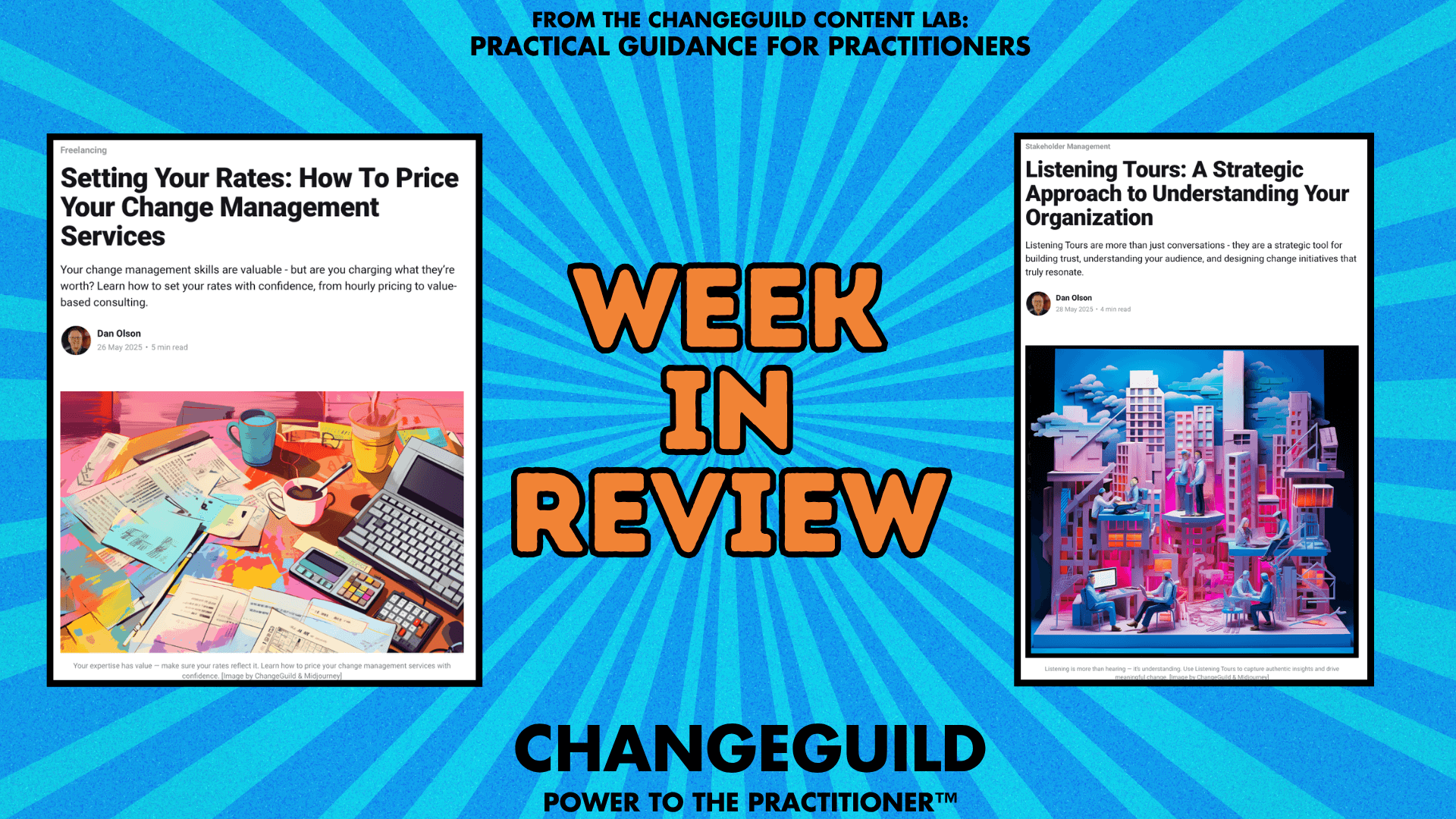
Week In Review
We started the week with a topic that makes a lot of change professionals squirm: how to set your rate. Whether you're just starting out as a freelancer or reevaluating your pricing as a seasoned consultant, the article offers a baseline framework for charging what your work is actually worth. It walks through mindset shifts, rate calculations, and the uncomfortable truth that undercharging doesn’t make you more accessible - it just makes you more replaceable. If you've ever second-guessed your value, this one's for you.
Later in the week, we pivoted from money to momentum with a closer look at listening tours - one of the most underused and high-impact strategies in a change leader’s toolkit. Done right, a listening tour isn't just a courtesy call or box-checking exercise. It's a smart, strategic move that builds trust, uncovers risks early, and helps set the tone for everything that follows. Especially useful when stepping into a new role, joining a tense project, or trying to earn credibility with skeptical teams.
What ties these two together is the deeper question of how change professionals build credibility. Rate-setting is about valuing your work. Listening tours are about earning the right to do it. Both require clarity, confidence, and the willingness to define your role with purpose - rather than letting others do it for you.
If you missed either post, go back and give them a read. One will help you charge what you're worth. The other will help you get invited into the rooms where the work actually happens. Together, they’re a pretty solid foundation for the kind of practitioner leadership we need more of.
Field Notes
Field-tested and practitioner- approved. Snapshots from the real work of change - ideas, patterns, and tools we’re seeing in the field that are worth carrying into your own practice.
🧭 AI Guardrails, But Make It Actionable
In our AI Essentials for Change Managers course, we ask participants to develop a personal Rules of Engagement for working with AI - something they can reflect on, update, and use as a compass. But this piece from Section blew me away. Instead of abstract principles, the author shares a set of hard-won, field-tested rules for when not to use AI, how to document those choices, and how to explain them to clients and colleagues. It’s boundary-setting with teeth - and a reminder that ethics don’t scale without structure.
It’s the kind of thing I’ll be pointing future students to as a model.
🧭 How I’ve Been Explaining Change Fatigue Lately
"It’s not resistance. It’s residue."
That’s the line I’ve been using more and more when leaders ask why their people seem disengaged, even when the change itself is rational and well communicated. It’s not that people are opposed - it’s that they’re carrying the weight of all the half-finished, over-promised, under-supported initiatives that came before.
Change fatigue isn’t about volume alone. It’s about follow-through. When teams don’t see closure, clarity, or consistent leadership, they stop investing energy - not because they’re negative, but because they’re practical. It’s self-preservation disguised as disengagement.
So when the topic comes up, I ask: What’s the emotional backlog in your org? What have you asked people to believe in, adapt to, or rebuild around that never quite landed?
You don’t solve change fatigue with another campaign. You solve it with credibility, pacing, and honest accounting of what came before.
Speaking of follow-through, here's another version:
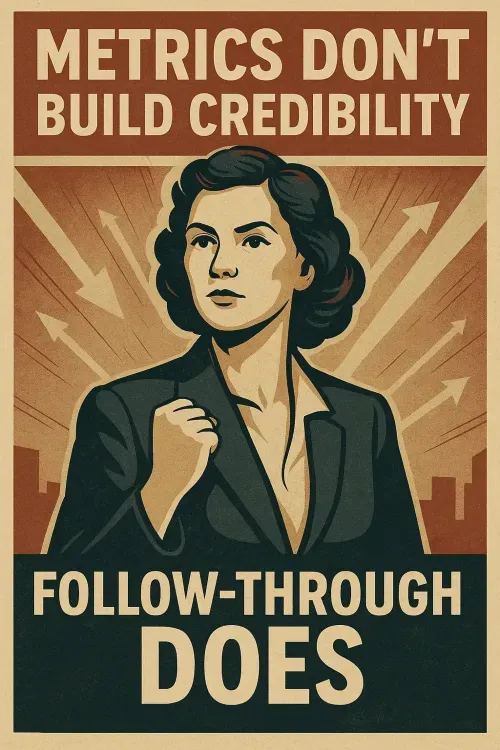
🧭 The 5-Minute Sponsor Debrief
Sponsors are busy. Change gets crowded out. That’s why I’ve started using what I call the 5-Minute Sponsor Debrief - a structured, short-format check-in that keeps sponsors aligned without taking over their calendar.
Here’s the rhythm:
- What just happened: A 30-second recap of what rolled out this week.
- What’s next: One or two things they need to be aware of in the next 7–10 days.
- What to E/M/R: A quick reminder of what they should Express, Model, and Reinforce this week.
- Any risk or friction: A one-line heads-up if there’s anything brewing in the system.
- A fast ask (if needed): Is there one thing I need from them to keep momentum?
It’s tight. It’s tactical. And it respects their time while reinforcing their role.
When done consistently, this becomes a habit - not a meeting. And sponsors begin to see you as a value add, not another task to manage.
🧭 The Change Codex
Most generative AI tools are generic by design - which makes them powerful, but also clumsy when you’re working in the nuance of change leadership. That’s why I created the Change Codex: a free custom GPT trained to support the real-world work of change practitioners.
It’s not a bot you have to build. It’s a ready-to-use assistant that understands things like stakeholder alignment, resistance mitigation, communication tone, and E/M/R planning. Think of it as training wheels for AI-assisted change work - especially if you’re not ready to customize a GPT from scratch.
It’s free to use with a ChatGPT Plus subscription. Try the Change Codex
And if you want to go deeper, I’m currently taking waitlist names for the next round of AI Essentials for Change Managers - a course designed to help you integrate AI meaningfully (and ethically) into your daily work. Email me at dan@changeguild.co or set up a discovery call if interested.
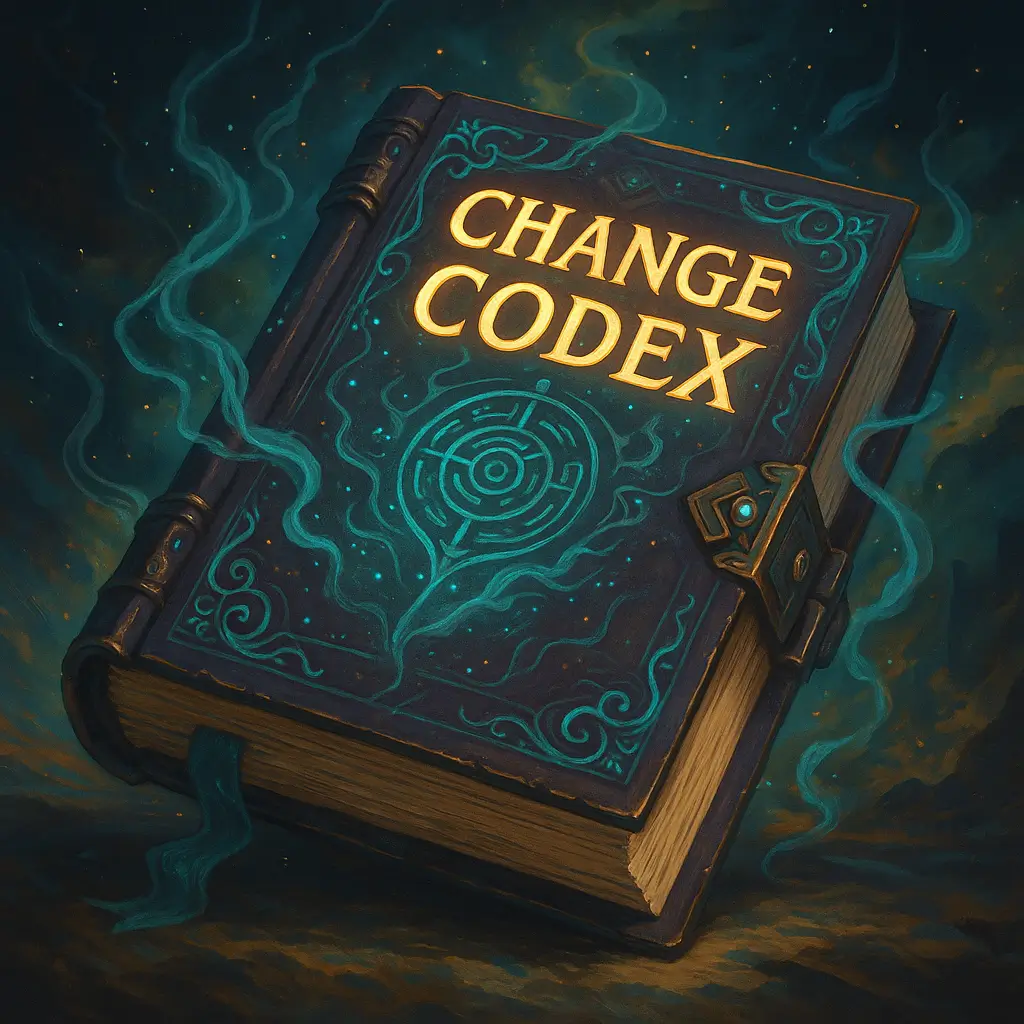
Open Tabs
This month’s reads share a through-line: AI is moving fast- and the consequences are showing up everywhere. From McKinsey’s global survey on how orgs are rewiring for AI, to fresh warnings about its carbon footprint, to a deeper look at how predictive analytics might finally give us an edge in the behavioral chaos of change… these pieces paint a picture of transformation that’s faster, messier, and more infrastructure-heavy than most leaders realize. If you’re not in the AI conversation yet, these links are a solid place to start catching up.
🌐 Power Hungry: The Hidden Costs of GenAI
In Moreover, Issue #1, we explored how AI is quietly reshaping the energy grid - often without practitioners in the room. This latest piece from Mashable builds on that conversation. New research suggests that the carbon footprint and energy demands of generative AI are even more severe than previously estimated. The findings point to significant environmental and infrastructure impacts, especially as more organizations race to embed these tools across business functions.
If your org is adopting AI without understanding its operational cost - on infrastructure, climate, and reputation- you have an opening to lead. As change practitioners, we’re often at the intersection of adoption and ethics. That’s where this conversation belongs. Don’t just frame AI in terms of productivity gains- start asking who pays the energy bill and what trade-offs are being made. The future of “responsible AI” needs to include environmental accountability, and we’re in a prime position to push that dialogue forward.
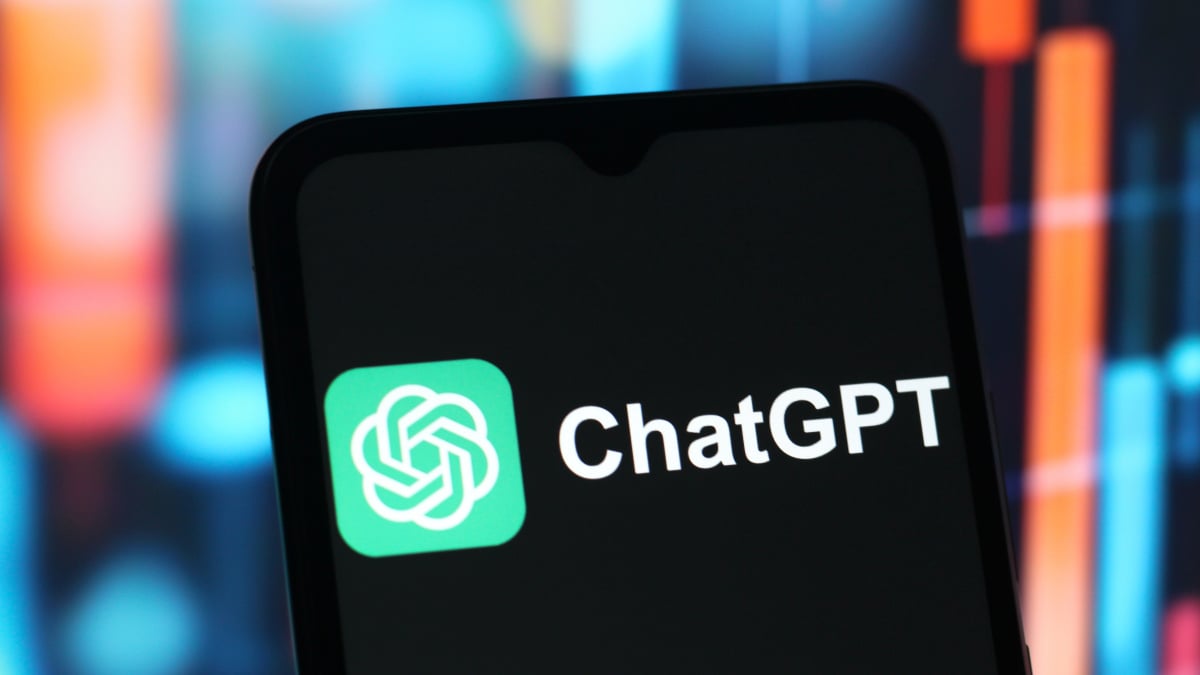
🌐 The State of AI: How Organizations Are Rewiring to Capture Value
McKinsey's 2025 global survey reveals that over 78% of organizations now utilize AI in at least one business function, with generative AI adoption reaching 71%. AI is no longer confined to IT and marketing - it’s expanding into service operations, product development, and core business workflows. Still, few companies report significant enterprise-wide financial returns, suggesting that while usage is growing fast, the value remains uneven. What sets high performers apart? They’re not just adopting tech - they’re redesigning workflows, upskilling workers, and elevating AI governance.
If your organization is dabbling in AI, this report shows it’s not alone. But here’s the practitioner truth: it’s not the tools that drive value - it’s the adoption. And that’s our lane.
Change leaders should see this as a flashing signal that the future of transformation work is AI. Your role will increasingly involve helping teams adapt to working with AI, not just around it. That means guiding redesigns, preparing leaders to lead hybrid human-machine teams, and ensuring that capability -building doesn’t lag behind tech deployment.
What you can do now:
- Start mapping how AI is impacting the workflows you touch.
- Get curious: where are your org’s early experiments, and who’s leading them?
- Begin positioning yourself as the connective tissue between AI experimentation and enterprise readiness.
This isn’t just a tech story. It’s a culture, process, and leadership story - and it’s one we’re uniquely equipped to tell.

🌐 Predictive Analytics and AI in Change Management
This article from Behavioural Leeway digs into how AI and predictive analytics are starting to shape change work- especially when it comes to the messy reality of human behavior. Traditional change models often assume people behave logically and predictably, but we know that’s rarely the case. With tools that can process large amounts of data in real time, AI can help identify where resistance is building and how people are really responding to change - not just how we hope they will.
This is a heads-up for anyone still approaching change like it’s a linear checklist. Predictive analytics lets us move from guessing to knowing. You can spot trouble early, adjust faster, and personalize how you support teams - without relying solely on gut instinct or static plans.
If you’re not already exploring how data and AI can support your practice, now’s a great time to start. These tools won’t replace your judgment - they’ll sharpen it.

Thanks for Reading
Thanks for making it all the way through Issue #2 of Moreover. Whether you’re reading over coffee, between meetings, or late at night while catching your breath from another overloaded week, I appreciate you carving out time to think more deeply about the craft of change.
This space is for the builders, the bridge-holders, and the ones still doing meaningful work even when no one’s watching. My hope is that Moreover gives you both fuel and focus - something to carry into your practice that makes the work feel just a bit more doable, a bit more strategic, and a bit more yours.
Moreover drops every Friday morning, with regular posts going live Mondays and Wednesdays.
If this issue hit home, do me a favor: forward it to someone else who could use it, or better yet, share your favorite section on LinkedIn and tag @ChangeGuild. Your voice helps build the signal - and the community.
And while you’re here, make sure to hit one of the subscribe buttons scattered throughout this issue. Subscribing ensures you never miss a post, and it also gives us a better read on what’s resonating. The more we know what’s working, the more we can keep creating content that actually serves the people doing the work.
And one more reminder: Moreover is free for now, but in August, we’ll be launching ChangeGuild+—a paid tier with access to the full archive, tools, frameworks, and the ability to comment and engage with fellow practitioners. If you’ve found value here, you’ll love what’s behind the curtain.
Until next time - keep showing up, keep doing the work, and remember: even if you’re the only one holding the line, you’re not alone.
Onward.
ChangeGuild: Power to the Practitioner™




